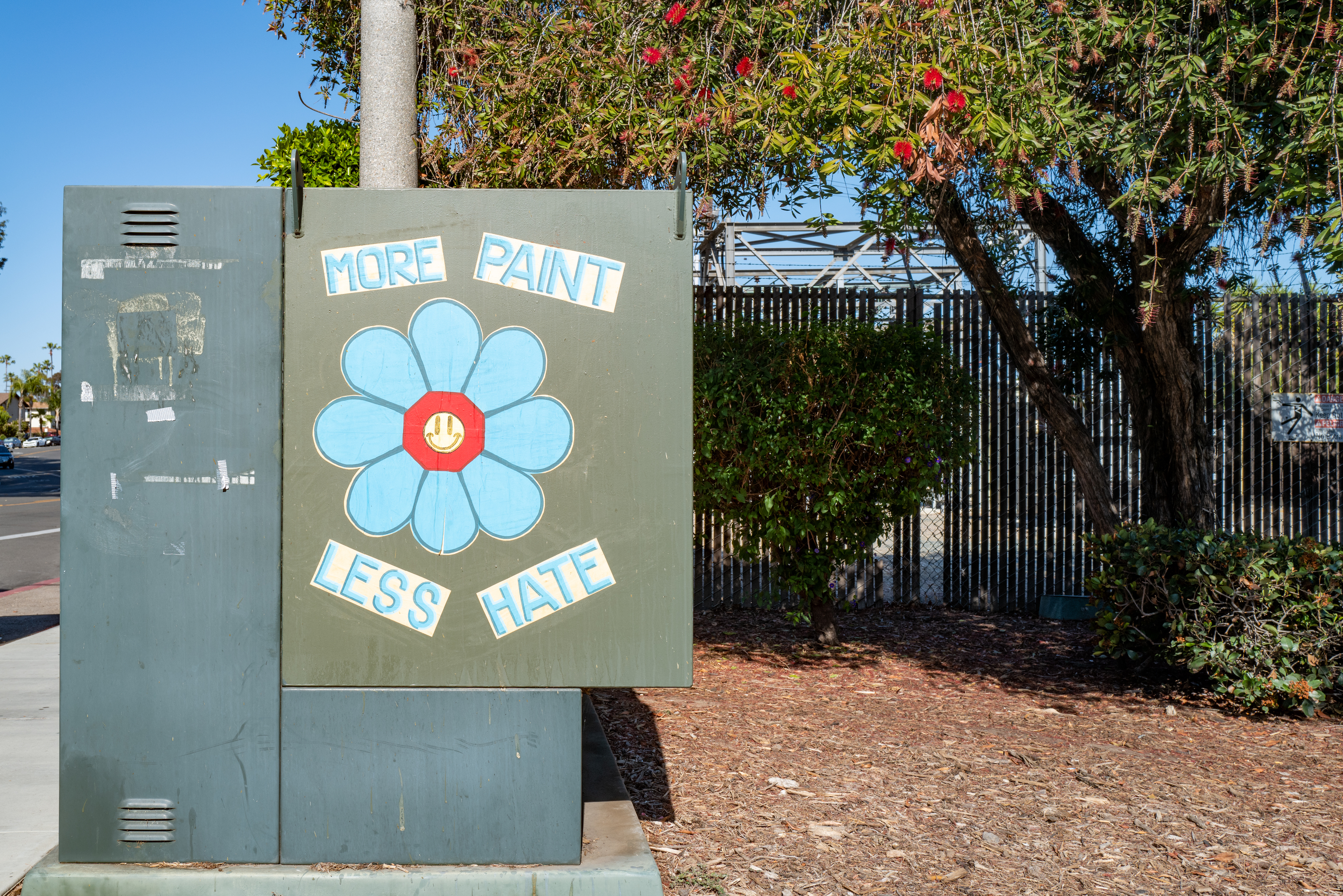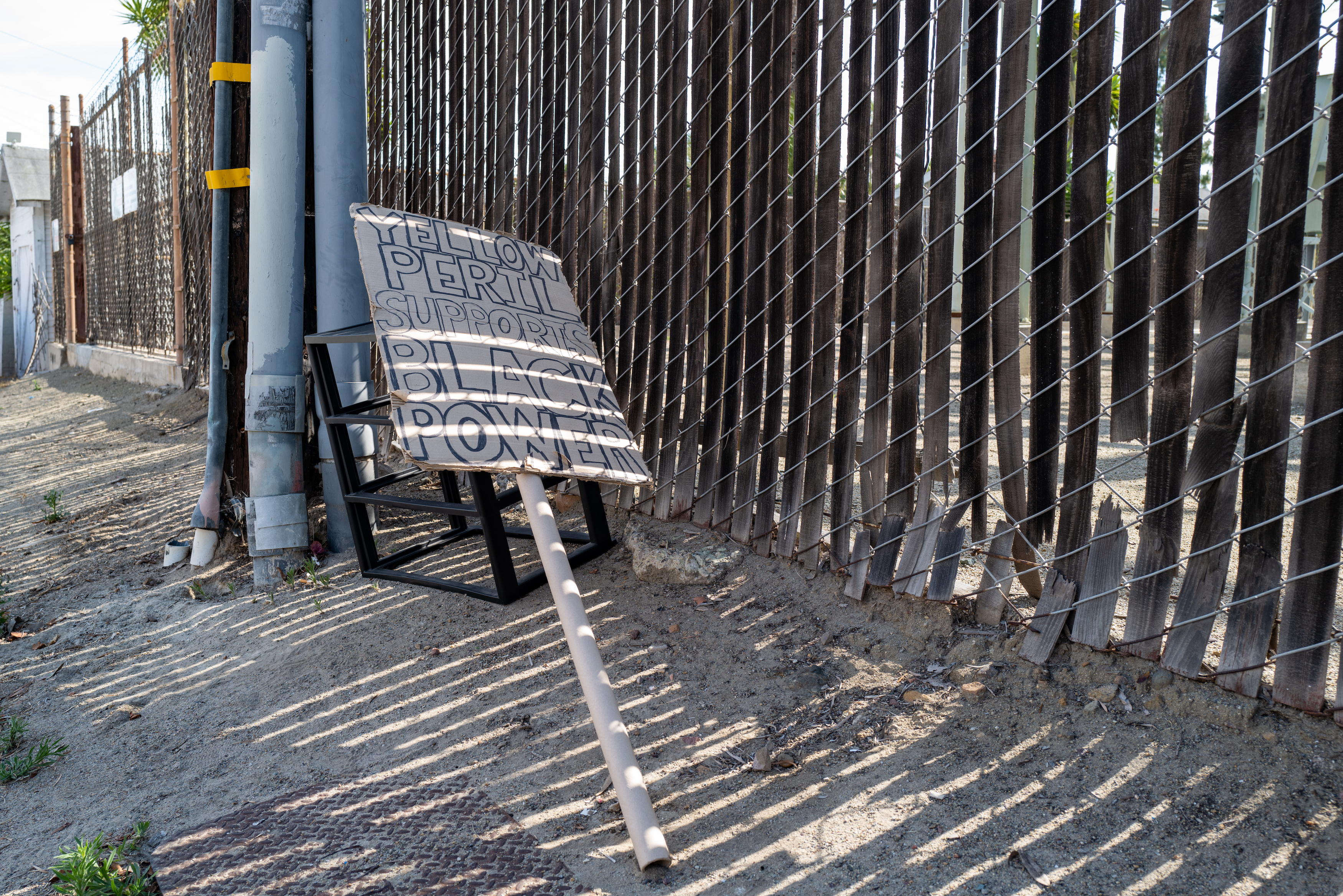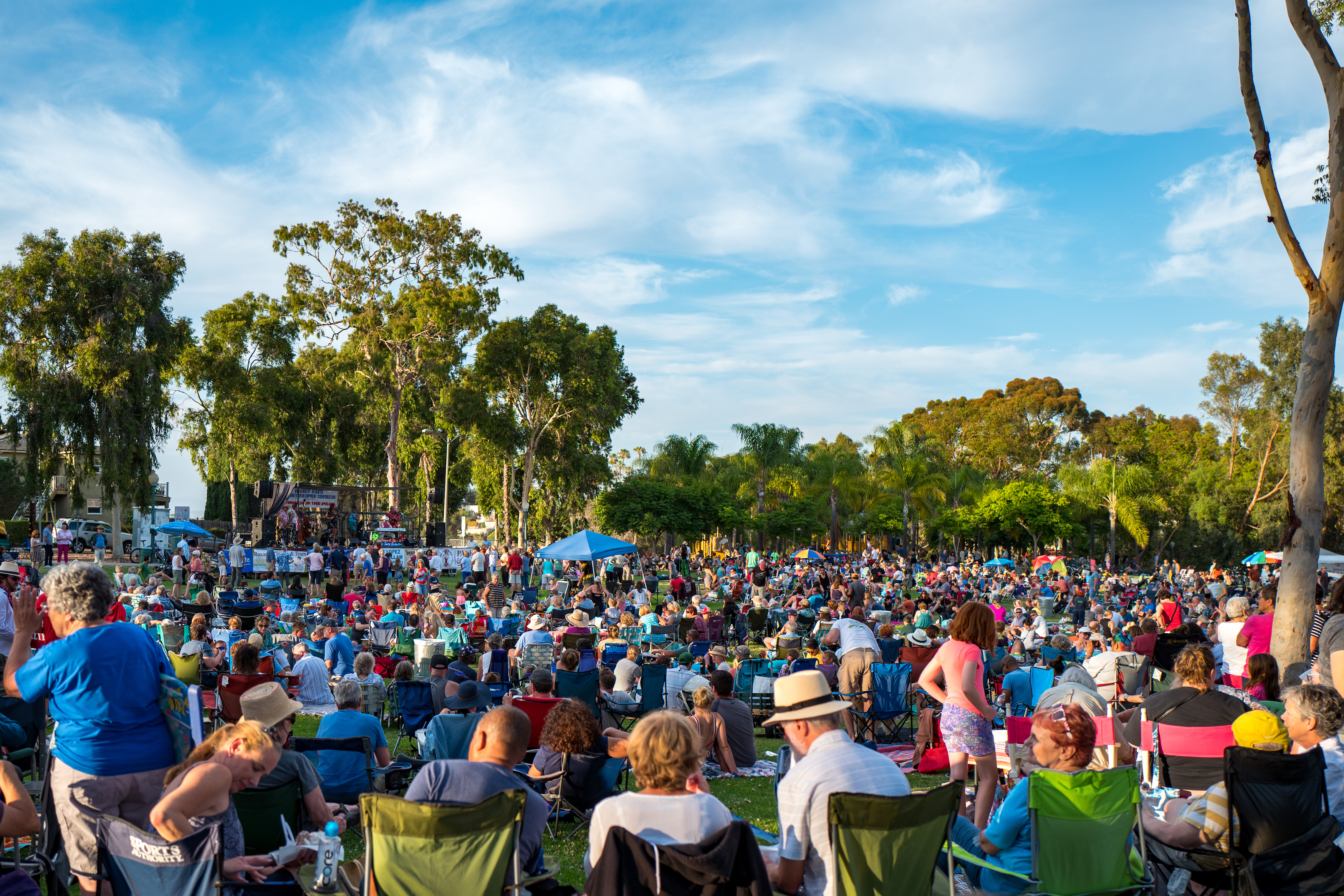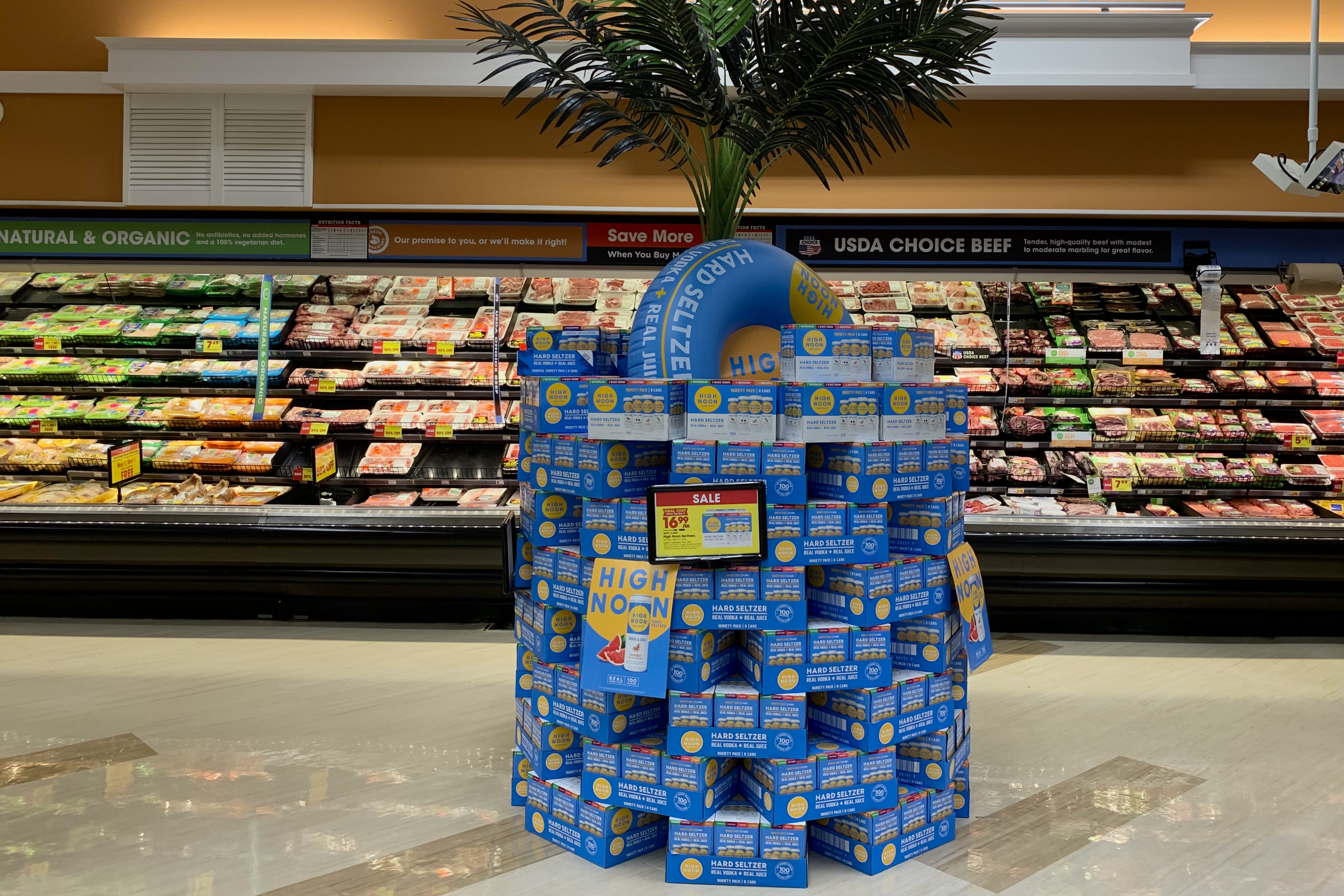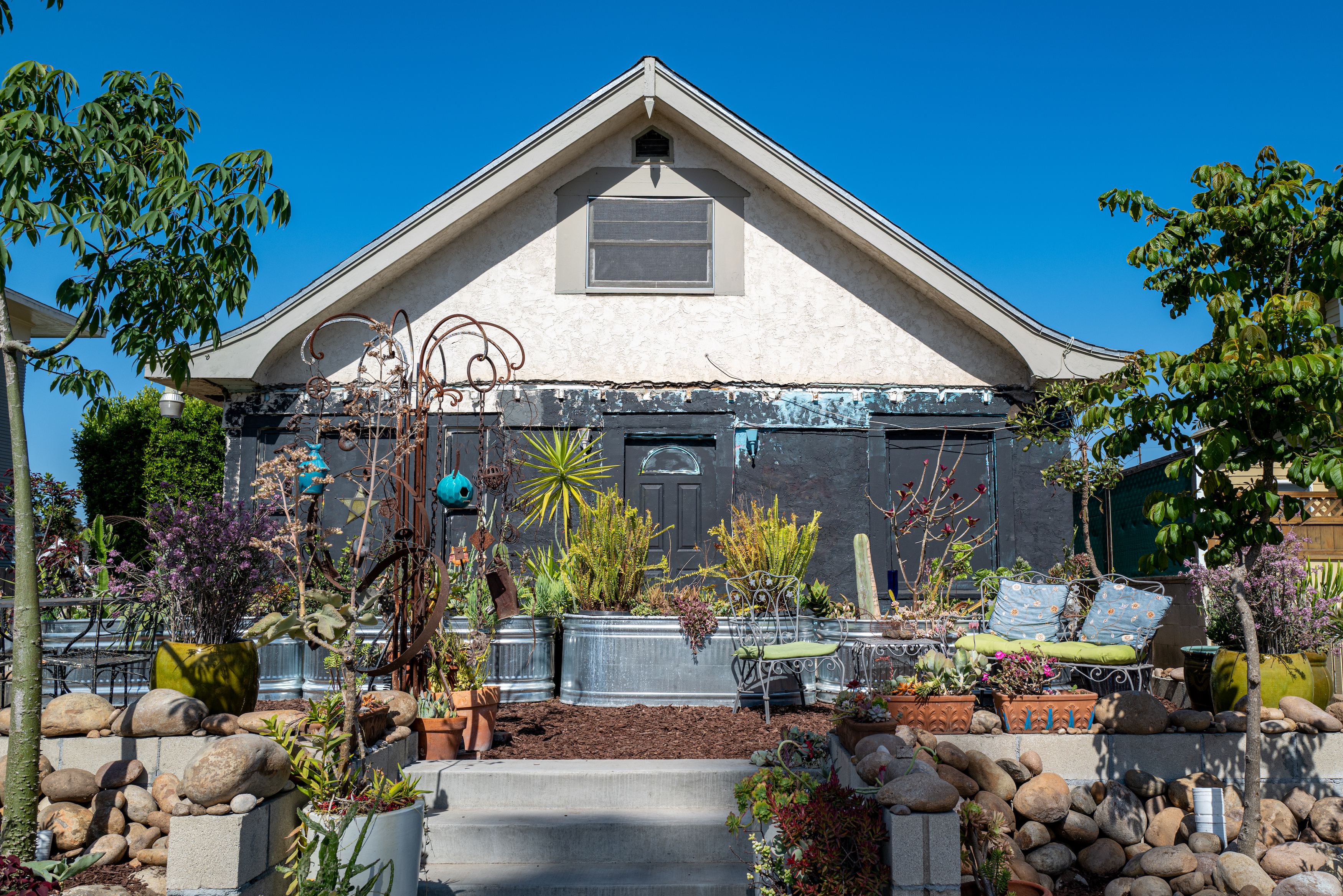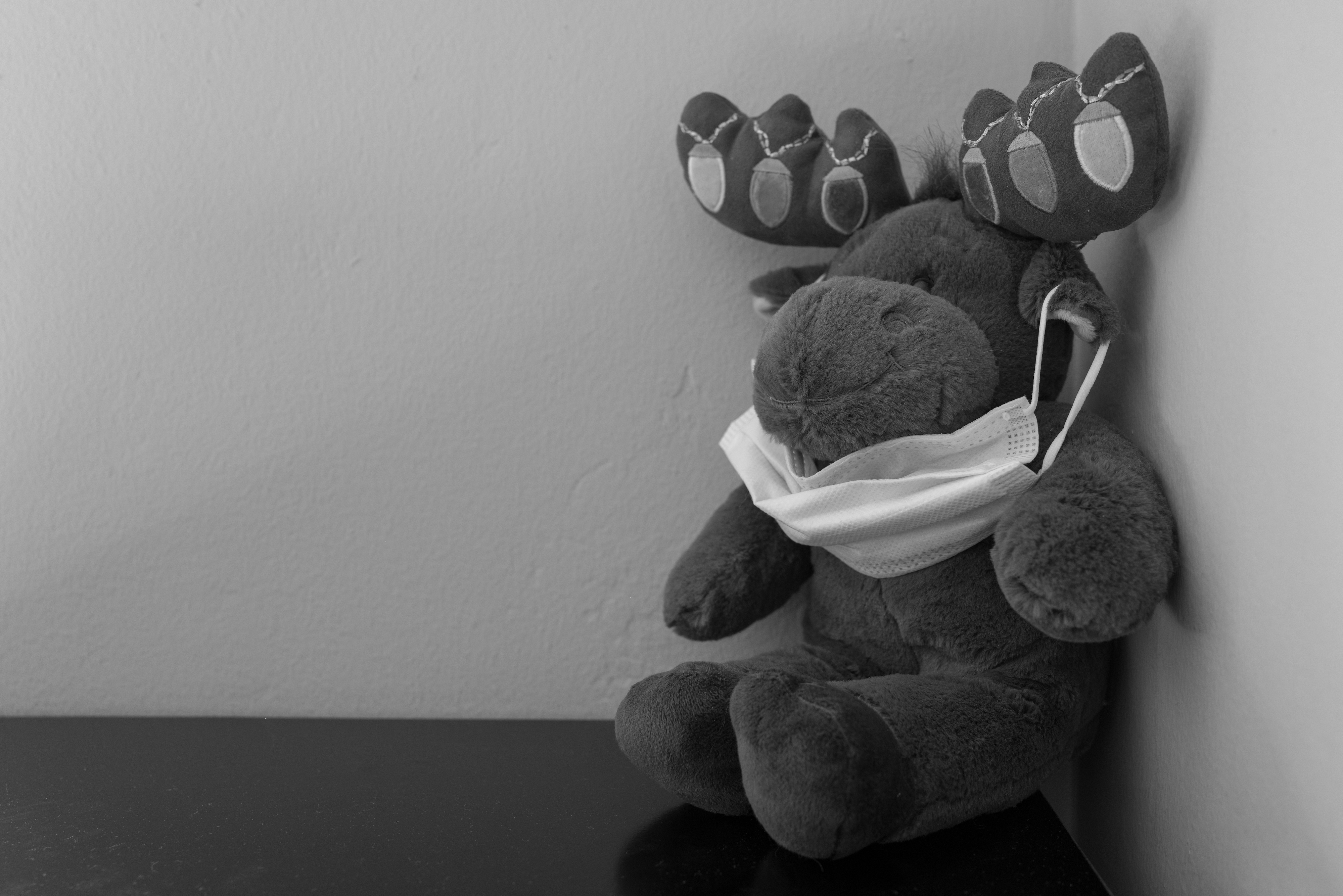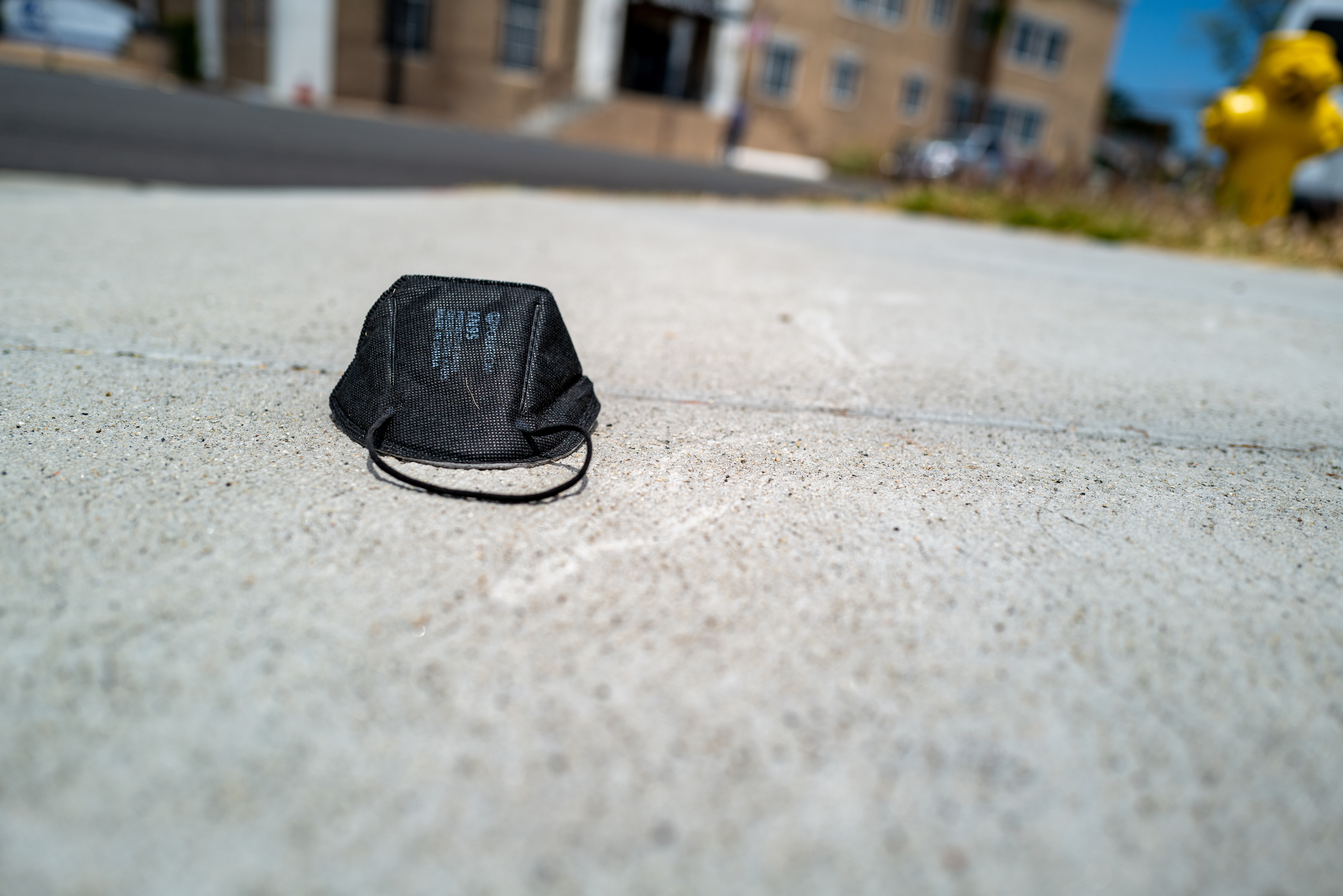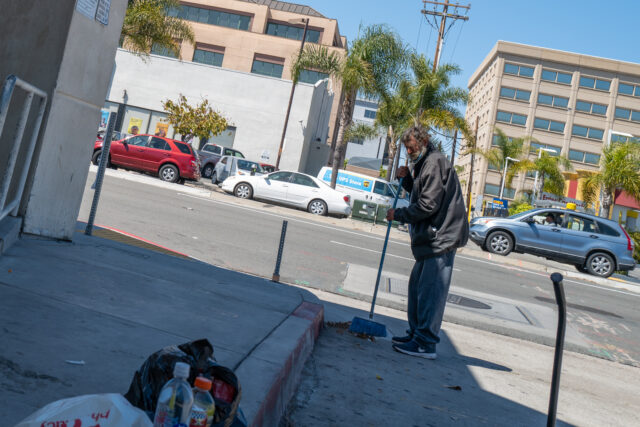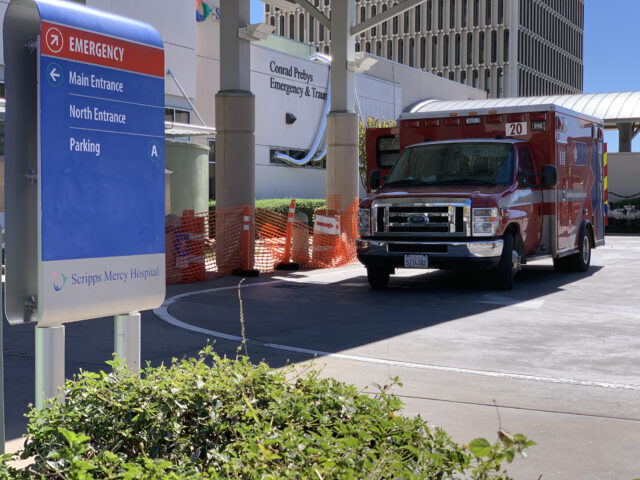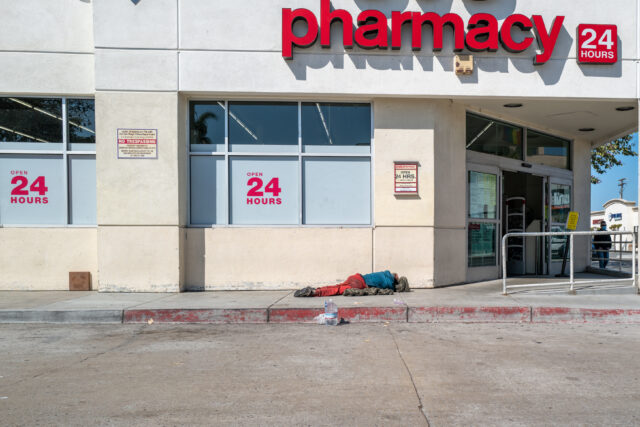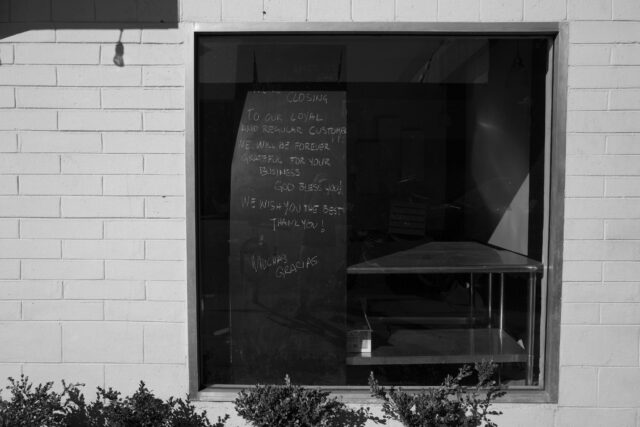I don’t recall seeing this friendly graffiti yesterday—or the day before. I walk past the intersection of Adams and Florida often enough that surely my ever-roving eyes would have seen something and registered so in aging synapses. New or not, zooming in on the Featured Image suggests that the message wasn’t painted but slapped on and glued (look to the apparent air-bubbles typical of paper pressed onto a surface).
Maybe coincidence, or not, the flower is opposite the alley location where I found the “Yellow Peril Supports Black Power” protest placard two days ago. You got to wonder if something—person(s) and/or event—connects the two. The utility box is outside the Adams Substation, which is visible behind, located in San Diego’s University Heights neighborhood.
